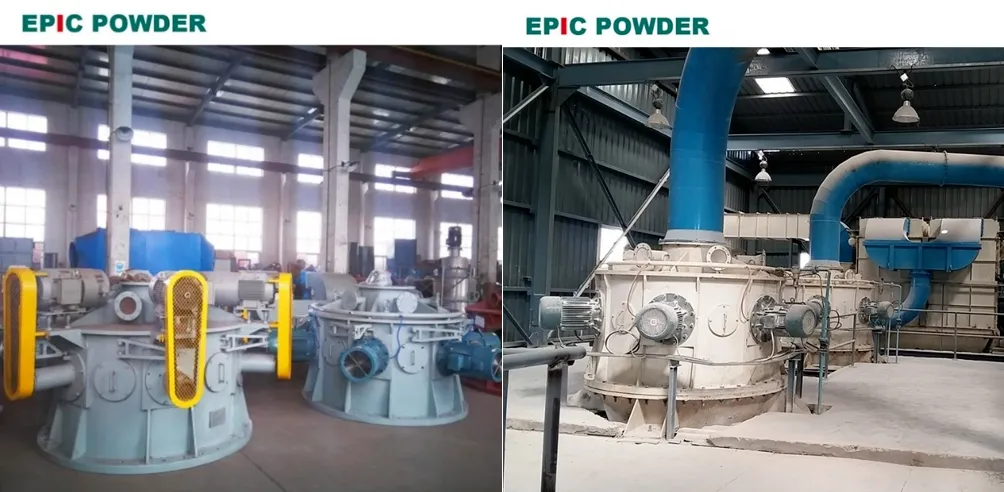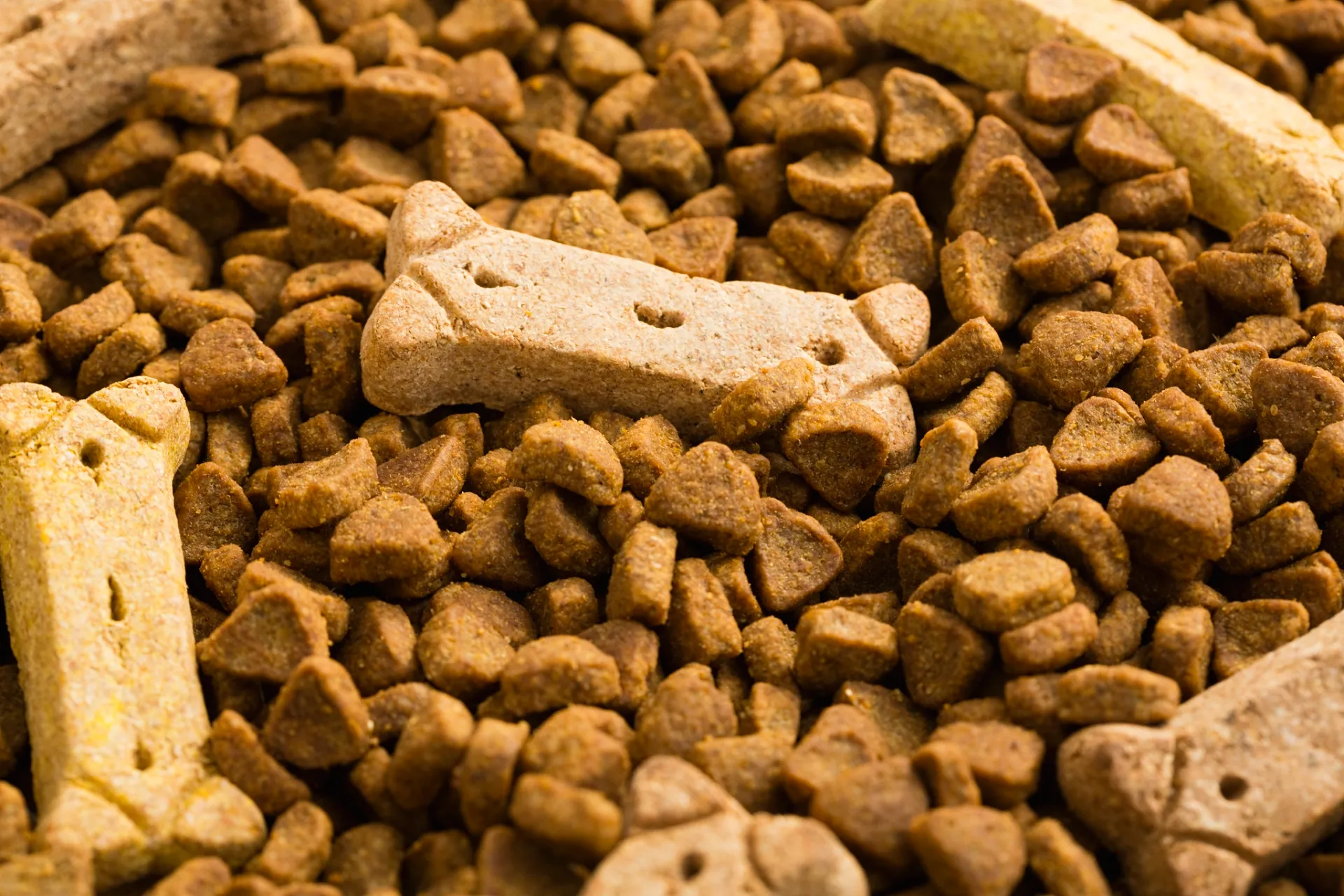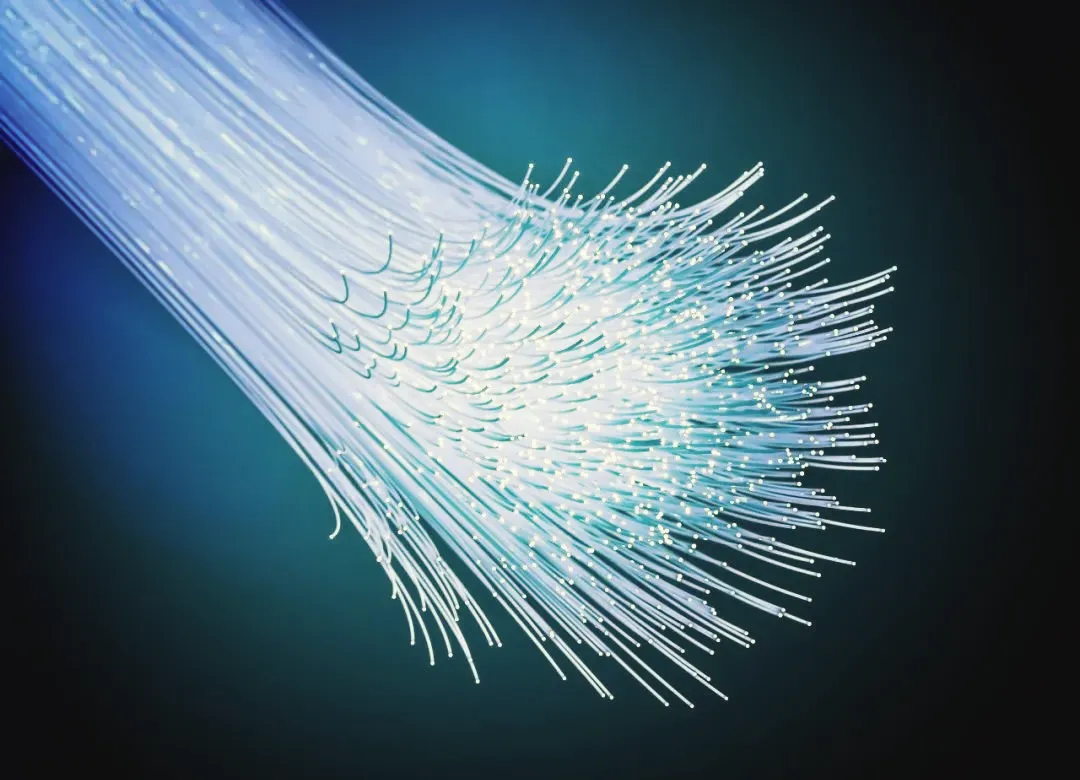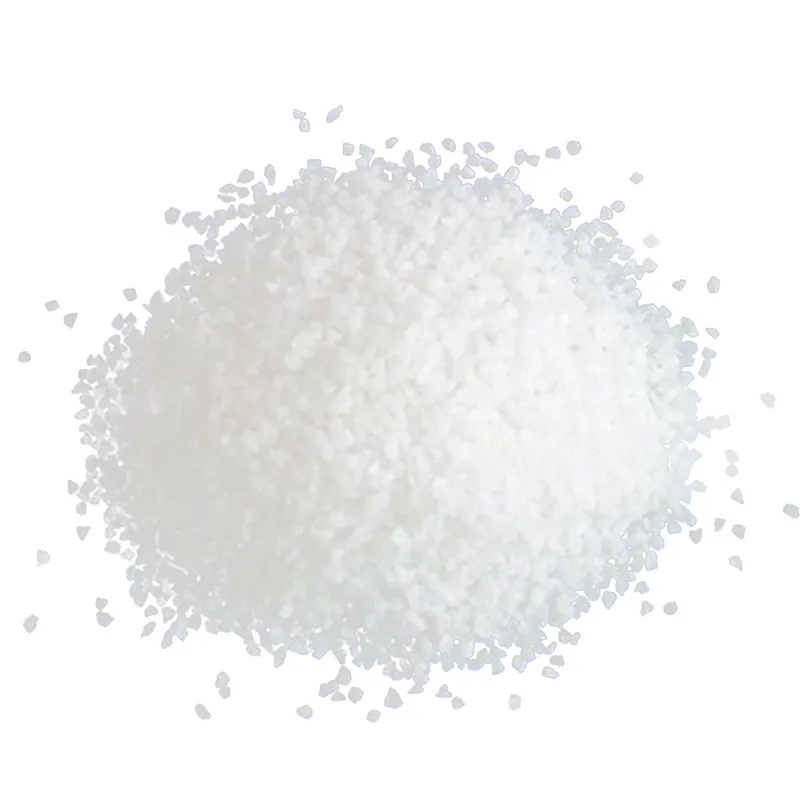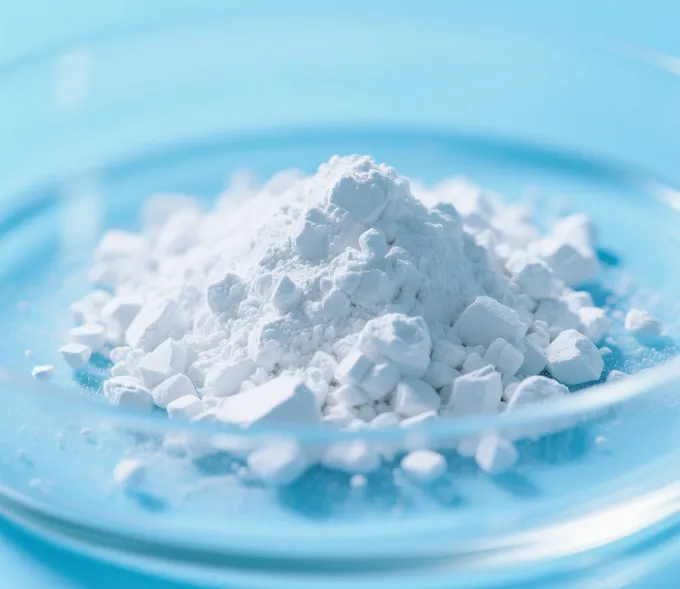Sodium-ion batteries (NIBs, SIBs, or Na-ion batteries) are several types of rechargeable batteries. They use sodium ions (Na+) as their charge carriers. In some cases, its working principle and cell construction are similar to those of lithium-ion battery (LIB) types. But it replaces lithium with sodium as the intercalating ion. Sodium belongs to the same group in the periodic table as lithium and thus has similar chemical properties. Sodium layered transition metal oxides (NaxTMO2, TM = transition metal/s), such as Mn-based sodium layered oxides, represent an important family of cathode materials with the potential to reduce costs. They can increase energy density and cycling stability, and improve the safety of NIBs for large-scale energy storage.
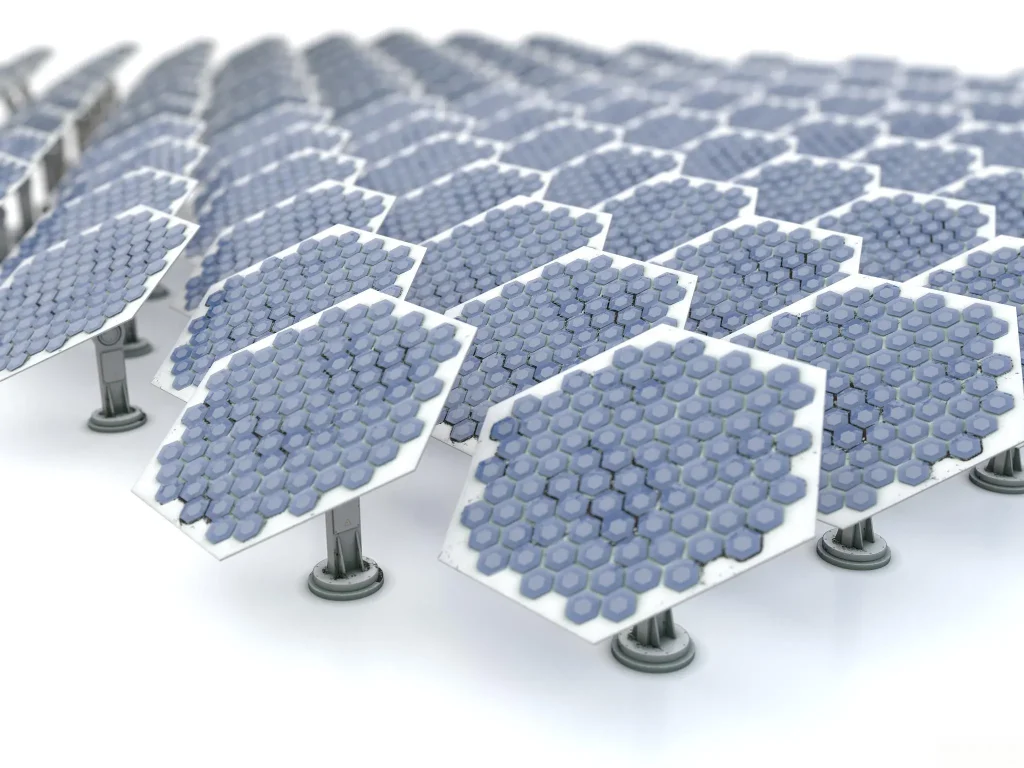
The interface modification strategies of layered oxide sodium positive electrode materials mainly include the following methods. They aimed at solving the problem of interface instability and improving battery performance:
1. Surface coating modification
It can effectively isolate the direct contact between the positive electrode and the electrolyte. Also it has advantages of reducing side reactions, and improve interface stability of layered oxide sodium cathode materials. Depositing a thin protective layer on the surface of the positive electrode material, such as metal oxides, carbon materials, or lithium containing compounds can achieve this. For example, using Al2O3, Li2O, etc. as coating layers can prevent the dissolution of active substances and loss of oxygen.
2. Element doping modification
By doping specific elements into layered oxides, the electronic structure and electrochemical properties of the material can be changed, improving its structural stability. Doping can suppress phase transition, enhance the diffusion ability of Na+, and reduce oxygen loss. For example, doping transition metals such as Ni, Mn, Co can optimize the electrochemical performance of electrode materials. Electrolyte modification: By adjusting the composition of the electrolyte and using additives such as fluoride and borate, a more stable solid electrolyte interface (SEI) film can be formed, reducing the reaction between the electrolyte and the positive electrode material, lowering the interface impedance, and improving cycling stability.
3. Structural regulation
By adjusting the microstructure of the material, such as controlling particle size, morphology, and porosity, the wettability of the electrolyte can be improved, promoting the rapid transport of Na+, while reducing stress concentration and preventing structural collapse during cycling.
4. Chemical element substitution
The potential window of the material can be adjusted by precise chemical element substitution. Such as introducing aluminum, magnesium, and other elements into layered oxides. This can reduce the dissolution of transition metals and enhancing the air stability and cycling stability of the material.
5. Composite material design
Combining layered oxides with other materials (such as conductive carbon materials) can improve the electronic conductivity of the material, reduce internal resistance, and utilize the synergistic effect of composite materials to improve interface properties.
6. Interface chemistry optimization
By precisely controlling synthesis conditions such as temperature, atmosphere, and reaction time, the surface chemistry of positive electrode materials can be optimized at the atomic scale, reducing the formation of surface residual bases and improving the air stability and cycle life of the materials.
The comprehensive application of these strategies can systematically solve the interface problem of layered oxide cathode materials in sodium ion batteries. It can improve overall performance of the battery and promoting the practical process of sodium ion battery technology.

